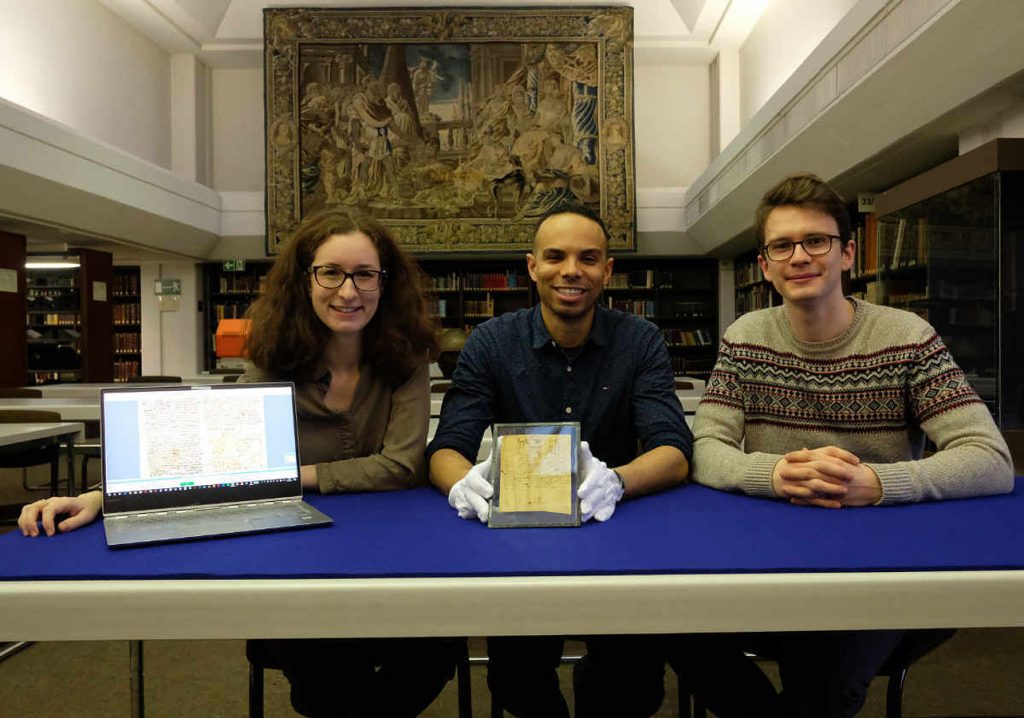
Photo: Gunnar Bartsch/Universität Würzburg
It’s hard to believe it, but a whole year has now passed since the three members of our project first sat around a table in Würzburg and began to talk about our new project on Coptic magic. In this post, we’ll discuss some of our achievements so far, and what we have coming up in the next year.
The Kyprianos Database
Our biggest achievement so far is the Kyprianos database, which we’re already using as a work tool in our study of ancient magic.
The core of the database consists of the Coptic magical manuscripts. We began with two pre-existing lists of texts, one created by Franziska Naether for Trismegistos Magic, which contained 362 Coptic magical and ritual texts, and the other by Roxanne Bélanger Sarrazin, which contained 304 published Coptic magical manuscripts. The work of these two scholars was groundbreaking, and we’re pleased to announce that, building upon their work, we now have 509 Coptic magical manuscripts- about five times as many as are published in the main corpus used by scholars, Marvin Meyer and Richard Smith’s Ancient Christian Magic.
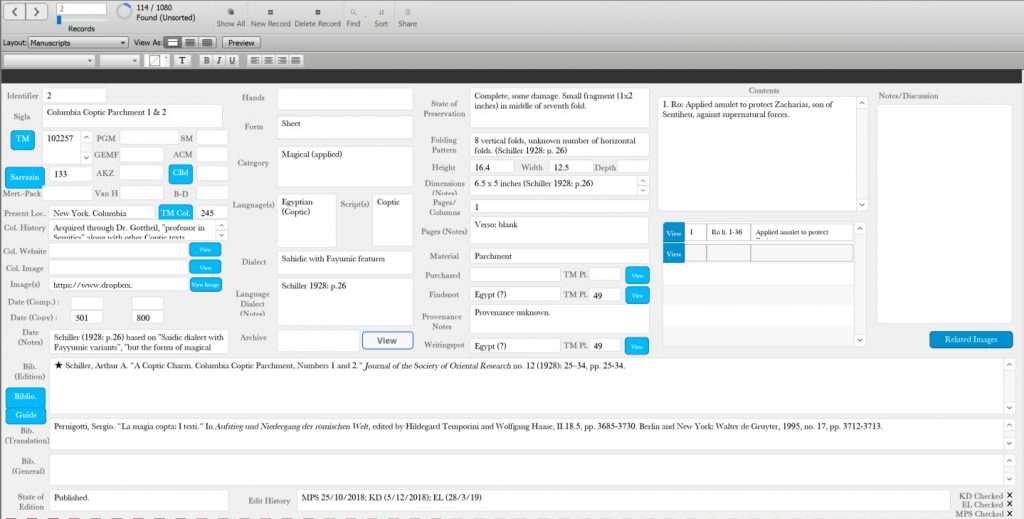
We have almost finished gathering full information on all of these manuscripts – what is known of their acquisition, their physical dimensions, their contents, their bibliography, and so on – and we have begun transcribing and translating them. This process is the one which will take the longest, since some of these texts are very long and complex, but we’ve been able to benefit again from the help of some of our colleagues, who have provided us with basic transcriptions which can be checked against photographs.
146 of the manuscripts have never been published; members of our project are currently working on editions of 22 new manuscripts, some of which we’ve discussed on this site before. As for the others, we will publish as many as is feasible over the next four years, but we are always happy to help interested researchers find unpublished manuscripts which they might want to work on.
But the database is more than just manuscripts – we’ve also gathered information on 52 archives, or groups of magical texts, which tell us more about the people who used them than individual manuscripts can; we have a list of 79 geographical locations where magical manuscripts have been found; and we have tracings of 41 magical images, the beginnings of a database of the imagery of Coptic magical texts.
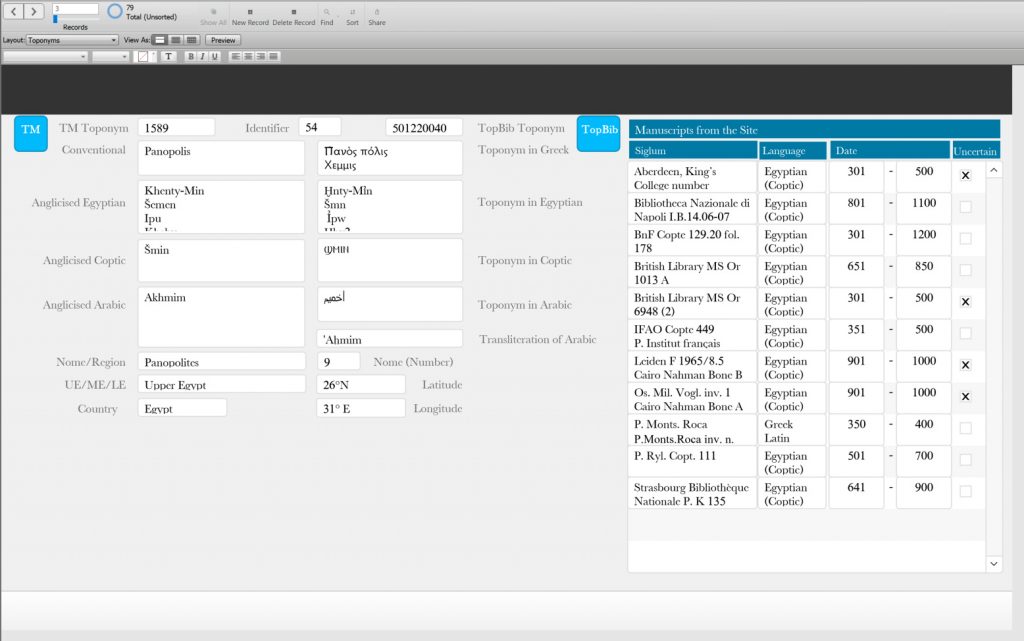
But Coptic magical texts are only part of a much bigger picture, and the database also contains an ever-growing number of other types of manuscripts. Although the entries for these are less complete than those for the Coptic magical texts, they are nonetheless an important part of our vision for the future of Kyprianos. In terms of other genres, the database contains, for example, 46 medical manuscripts, 11 liturgical manuscripts, 6 astrological manuscripts, and 5 alchemical manuscripts. In terms of other languages, it includes 332 Greek manuscripts, 59 Demotic manuscripts , and 32 Arabic manuscripts, amongst manuscripts in a few other languages.
A large part of our daily work involves adding information and text to Kyprianos, but our next major challenge is to make the database available online, so that those interested in ancient magic and related topics can start using it, and giving us feedback on how to make it even more useful.
The Website
Our other big achievement so far has been our website, which went online on the 21st November 2018. So far, we’ve managed to upload a blog post every week since the 7th December 2018, with one complete series – Religion in the Coptic Magical Papyri, and four ongoing series – The Anthropology of Magic, Old Coptic Magic, Looking at the Coptic Magical Papyri, and Coptic Charms – as well as a few Case Studies. We’ve been blown away by the positive reaction to our posts, and we hope that we can keep finding interesting ways to communicate the exciting things we’ve been discovering.
We haven’t given up hope of doing a podcast, but we’ve had to put that on the back burner for now. On the other hand, we do hope to have our mailing list up and running by the end of the year. In the meantime, you can follow our news on our Facebook page, and we can always be contacted through the website – we’ve already had some very interesting contacts, some of which we might discuss in a future post, involving Coptic magic showing up in some very unexpected modern places.
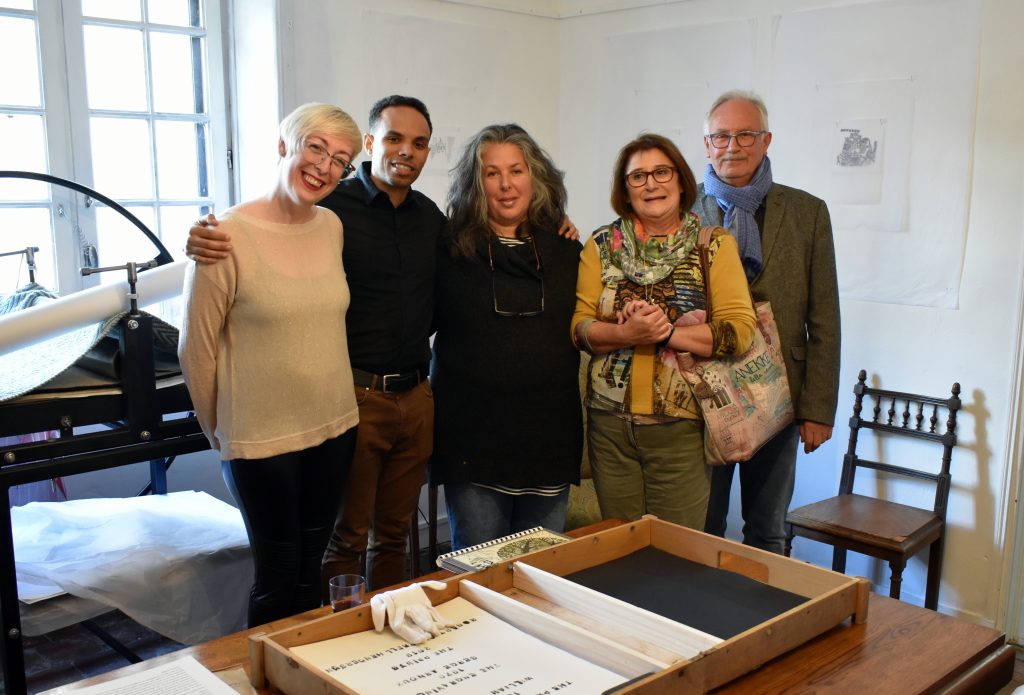
The Exhibition
One contact we’ve already mentioned was from Sally Annett of the Atelier Mélusine in La Trimouille, who proposed to us the idea of running an exhibition of magical images, in collaboration with Raquel Martín Hernández of the To Zodion project. This was a huge success, allowing us to explore and communicate our work in new ways, and we hope to be able to do similar events elsewhere in the near future.
Academic Work
But it hasn’t all been blogging and exhibitions! In the last year, the three members of our project have given twelve talks at conferences and seminars in seven different countries. This has been hard work, and meant a lot of travelling, but we’ve managed to communicate our ideas with, and learn from, a huge number of our colleagues around the world.
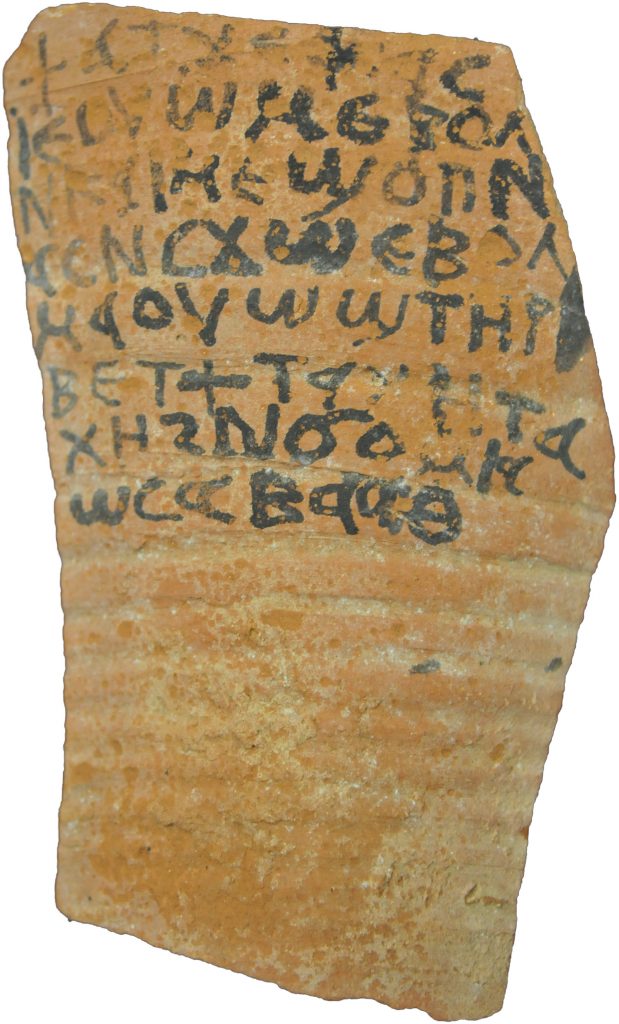
We’ve also written and submitted nine articles in the past year. Because of the slow turnaround in our field, these probably won’t be published for some time – maybe even years – but two articles written by Korshi Dosoo did come out this year. The first is of a series of Coptic liturgical hymns once thought to be magical, while the second is one of only seven known Coptic magical texts mentioning the god Horus, co-edited with Lincoln Blumell of Brigham Young University.
While funding is infamously hard to come by in academia, we were lucky enough to receive a small grant from the University of Würzburg Universitätsbund. With this funding we’ll be organising a series of seminars, inviting experts on Coptic magic and religion to give talks in Würzburg – Jacques van der Vliet on the 28th November 2019, Dylan Burns on the 16th January 2020, and Sebastian Richter on the 6th February 2020. If you happen to be a local, you’re very welcome to attend – we’ll be announcing the dates and subjects of the lectures in the next month or so.
A lot has happened in the last year, and a lot more is to come. We hope you’ll keep reading our posts, and giving us your feedback. We’re always looking for collaborations, and new ways of approaching and communicating our work, so please feel free to get in contact with us if you’d like to do so!
